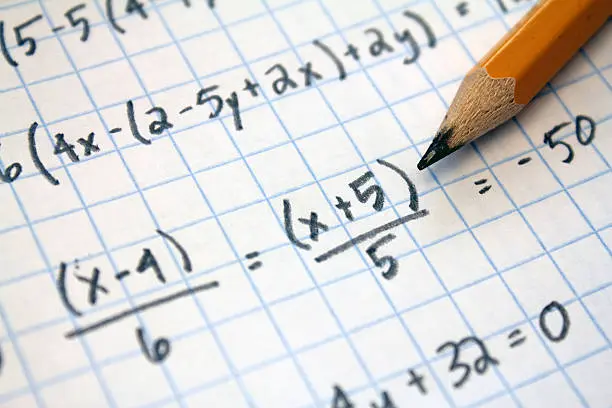
Infinity and Beyond: Exploring Cantor's Continuum Hypothesis
- Admin
In the realm of set theory, few conjectures have captured the imagination of mathematicians quite like Cantor's Continuum Hypothesis. Proposed by Georg Cantor in the late 19th century, this conjecture seeks to elucidate the relationship between the cardinalities of different sets, particularly those of the continuum: the set of real numbers. In this article, we embark on a journey into the depths of set theory, exploring Cantor's Continuum Hypothesis and its profound implications for the foundations of mathematics.
The Genesis of Set Theory:
Before we delve into Cantor's Continuum Hypothesis, it's essential to understand the historical context from which it emerged. Set theory, as a branch of mathematical logic, seeks to formalize the concept of collections of objects and explore their properties. From the early work of mathematicians like Georg Cantor and Richard Dedekind to the development of axiomatic set theory by Ernst Zermelo and Abraham Fraenkel, the study of sets has evolved into a rich and fertile field of mathematical inquiry.
Cantor's Contributions:
Central to the development of set theory was Georg Cantor, whose groundbreaking work laid the foundation for much of modern mathematics. Cantor introduced the concept of cardinality, which measures the "size" of sets by comparing their elements. He famously demonstrated that the cardinality of the set of real numbers is greater than that of the set of natural numbers, leading to the discovery of different sizes of infinity.
The Continuum Hypothesis:
At the heart of Cantor's work lies the Continuum Hypothesis, which posits that there is no set whose cardinality lies strictly between that of the set of natural numbers and the set of real numbers. In other words, there are no sets with cardinality strictly between countable and uncountable infinity. Cantor himself wrestled with this conjecture throughout his career, unable to prove or disprove it despite his profound insights into the nature of infinity.
Implications and Investigations:
The Continuum Hypothesis has sparked countless investigations and debates among mathematicians, leading to significant advances in set theory and logic. Mathematicians have developed alternative axioms and models of set theory to explore the implications of the Continuum Hypothesis, giving rise to rich and diverse branches of research.
Conclusion:
In conclusion, Cantor's Continuum Hypothesis stands as a testament to the enduring fascination of infinity in mathematics. Whether proven true or false, the conjecture continues to inspire generations of mathematicians to probe the mysteries of set theory and explore the boundaries of mathematical knowledge. Join us as we journey into the realm of Cantor's Continuum Hypothesis, where the infinite possibilities of mathematics await.
